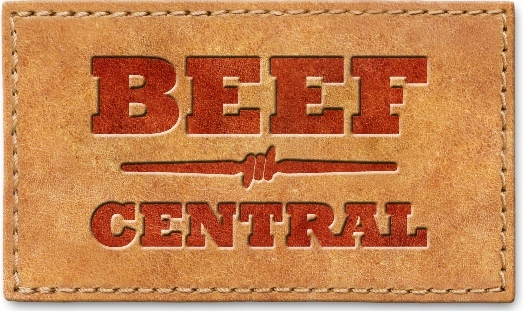
Article by Jon Condon, courtesy of the Beef Central.
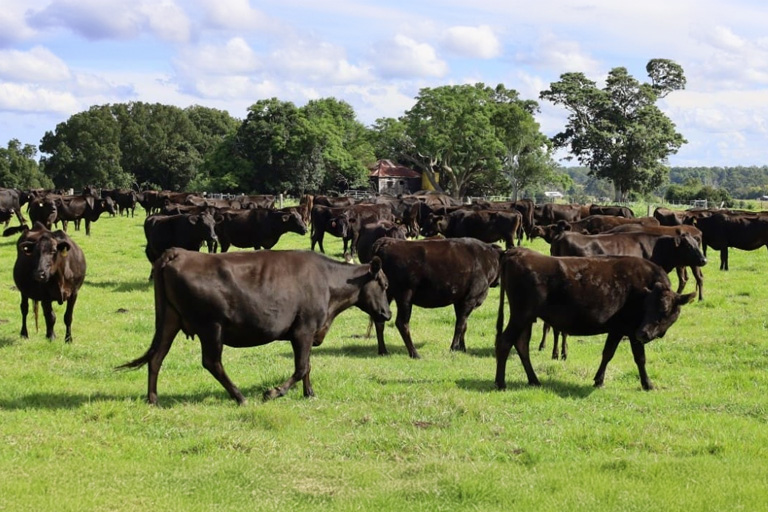
ONE of the largest Wagyu herd transactions in recent times has been completed, with the purchase of the entire Sumo Wagyu seedstock herd by Gina Rinehart’s Hancock Agriculture and 2GR Wagyu supply chain.
The deal cements Hancock Agriculture as the world’s largest Fullblood Wagyu producer, by a considerable margin.
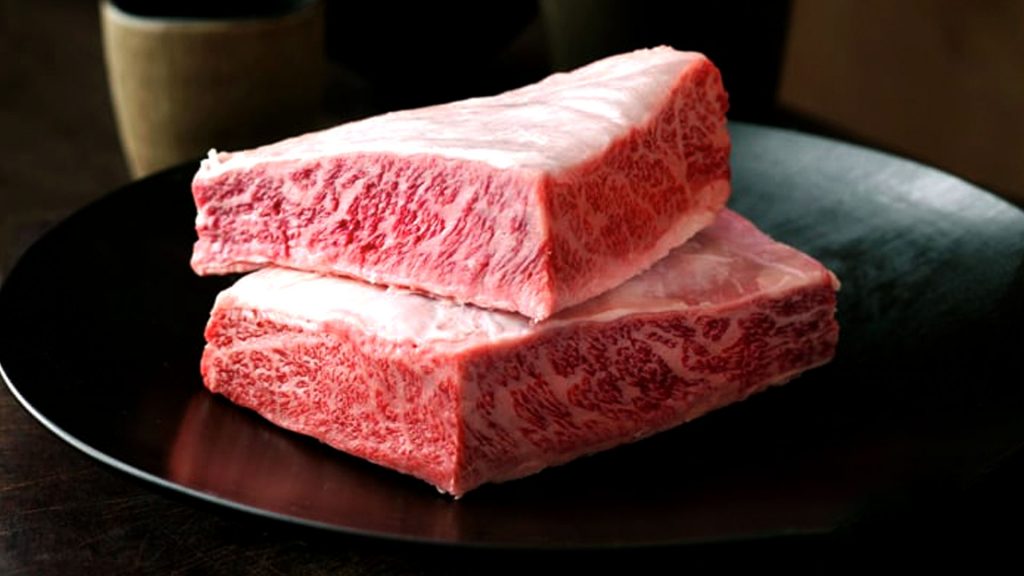
Not including its latest Sumo herd purchase, it’s estimated that Hancock Agriculture now runs around 15,000 Fullblood Wagyu breeders, from mature cows to maiden heifers entering the breeding herd. Most were produced through natural mating. The longer-term objective is to turn off around 12,000 450-500 day longfed Fullblood Wagyu slaughter cattle each year.
The Sumo herd sale completed this week totalled 1450 head including around 900 registered Japanese Fullblood cows, 122 recip and F1 cows, 384 Fullblood bulls (weaners through to two year olds), 14 Fullblood sires, and 84 calves.
The only recent comparative Wagyu sale in terms of scale was the deal done on Bob Officer’s Moyhu Wagyu herd, which sold around 600 Fullblood cows some years ago to Stone Axe Pastoral in Western Australia.
The Sumo cattle are mostly located on leased country between Grafton and Glen Innes in northern NSW. Transfers of the Sumo cattle are already underway, and will continue over the next fortnight.
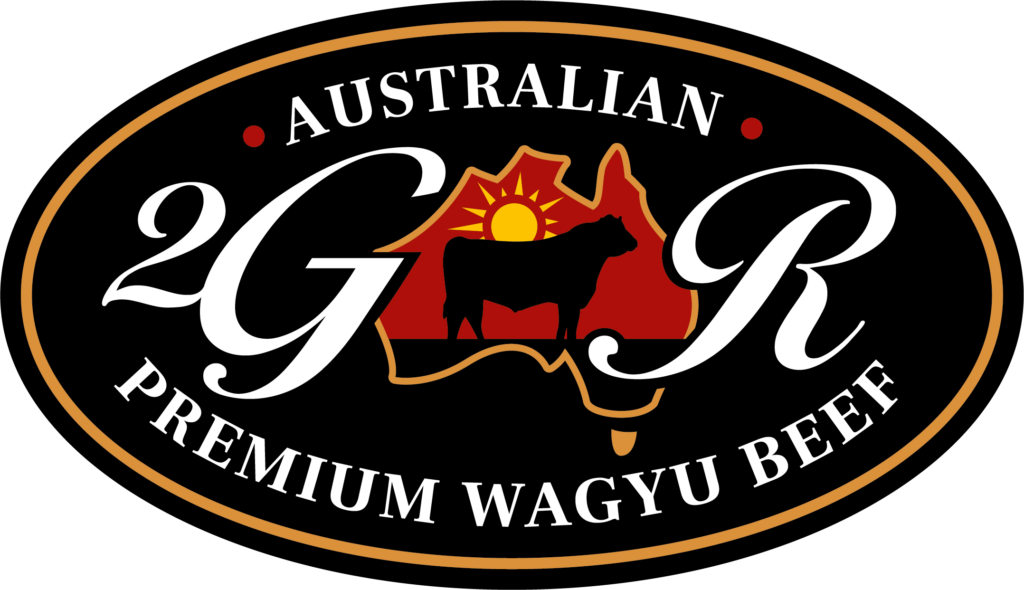
Hancock Agriculture bases most of its Wagyu breeding operations in Central and northern NSW and southern Queensland, but also runs around 1000 Fullblood Wagyu cows in Western Australia. The company has not ruled out further grazing land acquisition to accommodate its expanding Wagyu breeding operations.
Hancock’s 2GR Wagyu brand product, processed at John Dee near Warwick, is now exported to 26 countries across North and South Asia, the Middle East, Europe and North America. In the UK, for example, the product appears on six high-end London restaurants, but demand existed for 50, the company said recently. Long lead-times to breed and feed Wagyu cattle mean matching supply and demand can take three to five years, between conception and landing the steak on the plate.
Strong interest
The Sumo seedstock herd was put to market through an expressions of interest process through Bruce Birch, from Birch Rural.
Mr Birch said no price had been disclosed, but the offering had attracted surprising interest, both from established players in the Wagyu industry looking to expand, as well as newcomers.
There were more than 70 contacts and inquiries made and 20 EOI documents lodged, ranging from offers to purchase the entire herd, down to interest in individual sires, or groups of 30-40 heifers to establish a small stud.
“Interest came both from people with a strong track record and proven history in Wagyu, but also some people who have not, but want to get into the industry,” Mr Birch said. “The response was surprising, and represented a testament to stud founder Simon Coates’ reputation.”
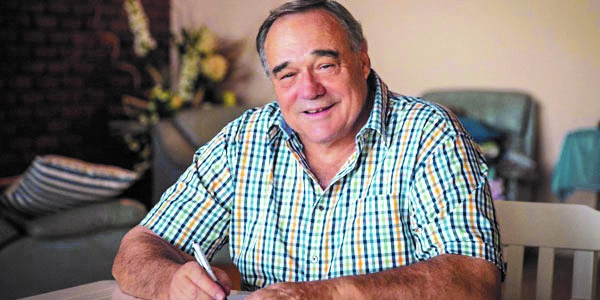
33 year history
The Sumo herd was developed over 33 years by Wagyu industry pioneer, Dr Simon Coates, who passed away three years ago.
Dr Coates’ efforts were pivotal in the importation of the earliest Wagyu genetics to Australia in the early 1990s. Using 250 purebred embryos from the herd developed by Texas A&M University, his Sumo Cattle Co was in business as far back as 1991.
Originally based at Roma in southern Queensland, and more recently near Ipswich, Sumo was one of the first five Wagyu studs registered in Australia, with herd recording starting in 1993.
A veterinarian by profession, Dr Coates had a somewhat different perspective than some other early Wagyu breeders, especially in grasping the value of using innovative artificial breeding techniques such as embryo splitting and frozen embryos to expand the Wagyu breed’s footprint.
Sumo held Australia’s first Wagyu seedstock sale in either 1995 or 1996, attracting headlines for a string of eye-catching sales of bulls and heifers. Some of those cattle formed the foundations of other seedstock herds which have gone on to become bedrocks of the industry.
He was clearly a generous person, not only in sharing his industry knowledge with others entering the industry, but also in making his cattle genetics available to others, at a time when some early players were withholding their genetics from the broader industry for competitive advantage.
He held numerous workshops and information days at his Roma property and elsewhere across eastern Australia, challenging cattlemen and women who had spent decades breeding ‘good looking, well-structured cattle’ to ‘look beyond the surface’ for the market qualities that lay beneath.
One of his key techniques during workshops was to ‘let the barbecue do the talking.’ Once a dubious beef producer experienced the ‘lightbulb moment’ taste and tenderness of their first F1 Wagyu burger, suddenly their attention became much more focussed on the possibilities.
Dr Coates became a councillor to the Australian Wagyu Association in 1993, and was the association’s second president from 1994 to 1997.
